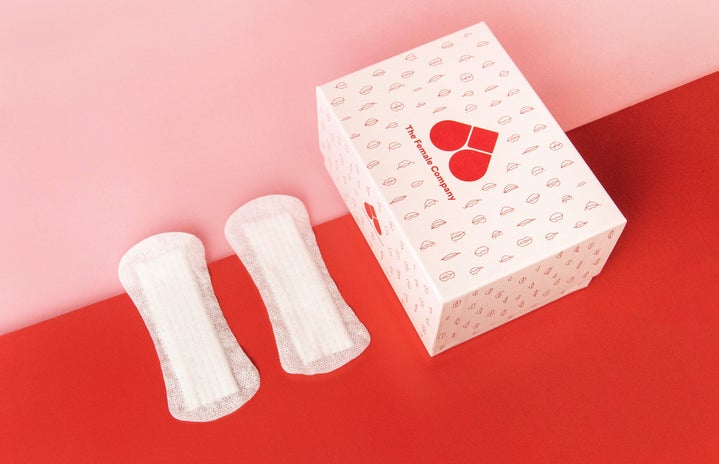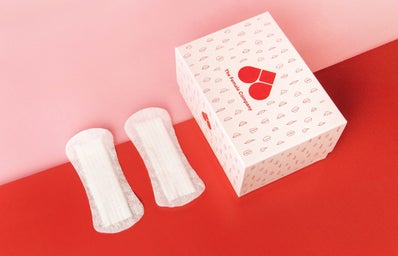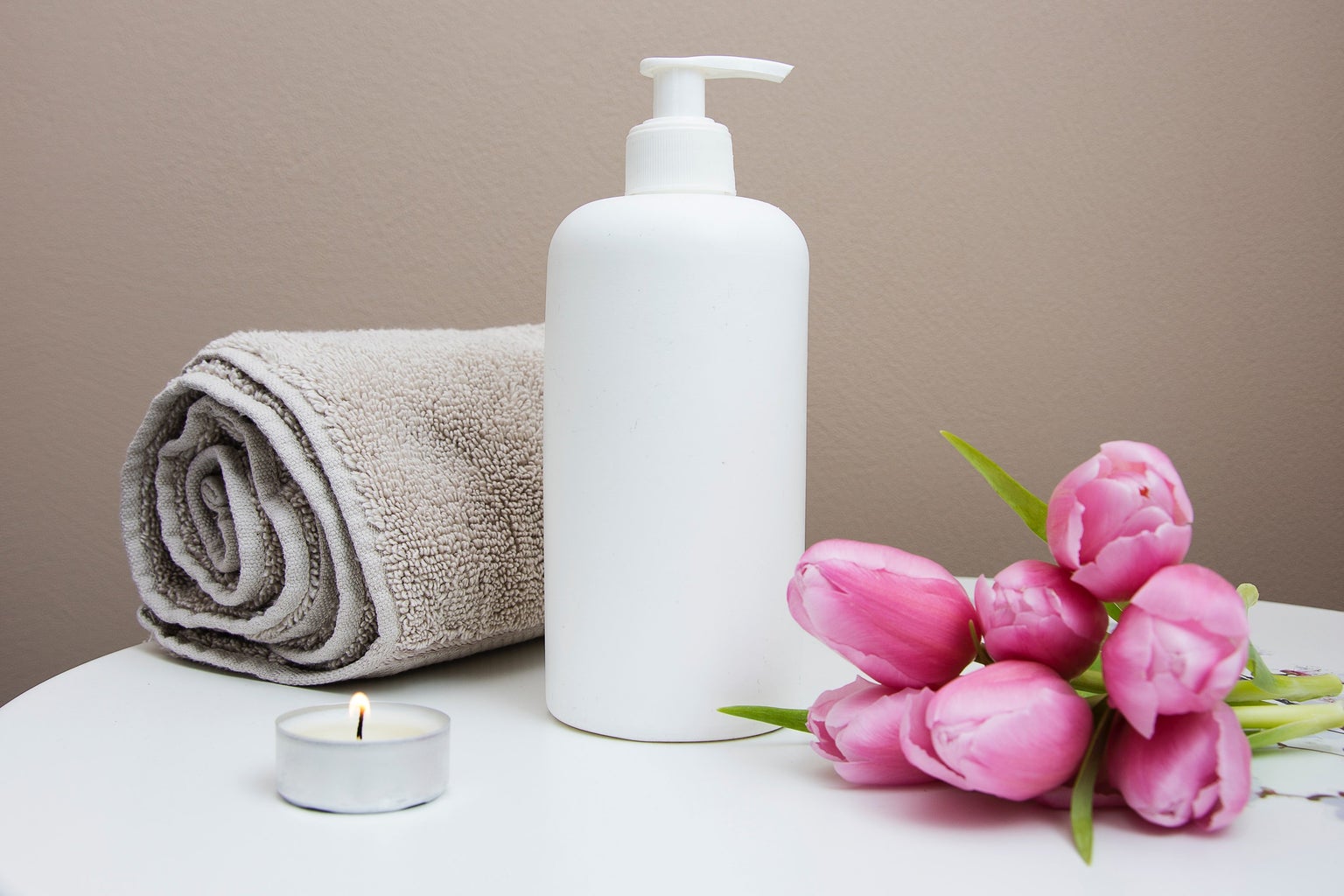Ladies and my non-binary friends, it’s time to take a detour from the tampon and pad aisle. It’s time for Menstrual Cups. If you haven’t heard of them yet I am honored to introduce you. They are the low waste and arguably safer option to tampons! You can find many versions and styles online shopping now, as they have become more popular in the last few years.
I have been using a cup for about a year now and I will never go back. The one I have is $24.90 from Amazon and made by Lena Cup. This cup is made of medical-grade silicone and comes in two sizes. I chose the ‘normal’ option and it has worked perfectly for me!
https://www.amazon.com/gp/product/B01JX4QUDY/ref=ppx_yo_dt_b_search_asin_title?ie=UTF8&psc=1
This cup is made of medical-grade silicone and comes in two sizes. I chose the ‘normal’ option and it has worked perfectly for me! Here are the basics for switching to a cup.
If you are new to cups, here are the basics. They are typically made of medical-grade silicone and come in various sizes to fit consumer needs. Before and after each period you should boil your cup to keep it sanitized. Before and after each use, you should clean it with fragrance-free soap. There are three folds to insert a cup; the C-shape, Shell Fold, and 7 fold. You can google these terms to find visuals. I use the C-shape and it hasn’t failed me yet.
It is recommended to wash your hands and cup before inserting. That way you aren’t introducing bacteria from your hands and so that your cup is lubricated with water. Utilize one of the 3 folds, or something that works best for you, and insert the cup similar to a tampon. It should naturally pull into a comfortable position, don’t be afraid to use your inner muscles to help that. Once you feel it settle, either spin the cup or use your fingers to make sure there is a seal. If there isn’t you have to keep spinning or reposition the cup until it seals. If it doesn’t seal, you could leak or feel the cup move.
At this point, you shouldn’t feel the cup at all! If it’s your first time it may feel “weird”, but it shouldn’t be painful or impact your day.
When it’s time to remove it, wash your hands, and sit on the toilet. You can either break the seal by using a finger and pushing on the side of the cup, or pulling on the end of the cup. The first way is recommended, but I find the second works fine for me as well. Empty the cup into the toilet, wash the cup if you are able to, if not a rinse will do just fine. In a pinch, clean it with toilet paper but NEVER use toilet water. Just make sure you wash with soap the next time you are able.
If you purchase a clear menstrual cup it may stain over time. To avoid that make sure you are cleaning your cup well and boiling it each month. If that doesn’t stave off staining, you can use hydrogen peroxide and vinegar to soak your cup. When doing this soak, please make sure you fully clean and boil the cup before using it. This cleaning method isn’t highly recommended because it could damage the cup if done too often.
My pro tips:
– wetting the cup helps to insert it smoothly
– don’t do ab exercises where you raise your pelvis on a full cup (learned that the hard way)
– clean, clean, and clean your cup!
– be careful when inserting or removing it that you don’t scratch yourself with nails or jewelry
– keep a handful of back-up tampons and pads just in case, we are all human
Now, here are some reasons to switch to a menstrual cup!
- Eco-Conscious
-
This is the reason I switched to menstrual cups. I felt using single-use period products every month was extremely wasteful. The average person uses “11,000 disposable pads or tampons in a lifetime”. Which is a huge amount of waste that could be avoided by switching to menstrual cups.
- Potentially Safer
-
I personally believe using a menstrual cup is safer than using tampons and pads, but I am not a doctor or an expert so this is just an opinion. Tampons and Pads can contain odd chemicals, fragrances, or plastics, which are not good for our bodies. We can also argue that after the recommended use time, these products can develop bacteria. We have all had days where we couldn’t switch our tampon or pad after the recommended four hours.
- More comfortable
-
Please hear me out on this one! I sometimes found it painful to insert a tampon, and nobody likes walking around in a pad. Menstrual cups go in smooth because they are made of silicone, and you don’t even notice them when it is placed correctly.
You also have less to worry about when removing them. There’s no waste to wrap up in toilet paper and hide. It shouldn’t smell if everything is healthy down there. Plus, many brands come in discreet packaging when you are done with it.
- Options!
-
Just like tampons, there are now many types and brands to choose from. The big companies make more the one size. Some companies specialize in cups for women with a low cervix or conditions like PCOS.
- Fewer trips to the bathroom
-
Menstrual cups can hold more volume then tampons and pads. Depending on your flow, you can get up to 12 hours of continuous use. This also means you can go to amusement parks, on road trips, and get a full night of sleep!
There are many reasons to switch with menstrual cups, so many that it has become popular in the last few years. If you chose to make the switch, make sure to do your research to find the right brand, style, and material for your needs.
Source:




